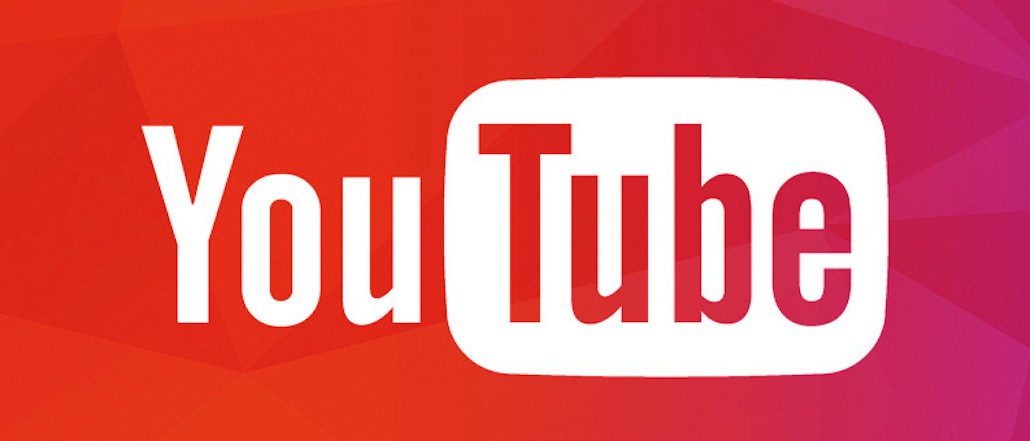Save 50% on a 3-month Digiday+ membership. Ends Dec 5.

YouTube beat Facebook to the live 360-degree video market. YouTube announced today that it would start allowing content creators to stream the virtual reality-style videos in real time, taking viewers right into concerts like Coachella.
“Today’s kids dreaming of going to a basketball game or a concert can access those experiences firsthand, even if they’re far away from the court. What were once limited experiences are now available to anyone, anywhere, at any time,” said Neal Mohan, YouTube’s chief product officer in a blog post today.
YouTube and Facebook have been pushing heavily into live streaming and 360-degree video, offering both formats separately, but it was only a matter of time before they merged. The 360 degree video format is virtual reality-light: viewers can move within the scene left or right, up or down, for a completely immersed view. But now, by going live, producers no longer need to stitch together multiple camera angles to attain the effect.
Last week, at Facebook’s F8 developers conference, CEO Mark Zuckerberg laid out the company’s 10-year plan, which emphasized live video and the power of virtual reality. Facebook has started shipping its Oculus Rift virtual reality goggles, and it released new open-sourced, 360-degree video camera designs to for manufacturers to build more devices capable of shooting for the social network.
Today, Google also released software for any camera maker to use to integrate YouTube 360 live video streaming capabilities.
It’s clear there is interest from media companies and online personalities to take their shows live online. Since Facebook opened its live video feed with top content producers like BuzzFeed and Tastemade, publishers have seen broadcasts capture hundreds of thousands of views at a time. Facebook also has live 360 ambitions, according to sources.
Ad position: web_incontent_pos1
The Verge, owned by Vox Media, was one of the publishers to jump into 360 live, and said it would stream an “experimental pop show” on Wednesday. “As the technology becomes more accessible and consumers increasingly have access to headsets that provide a truly immersive viewing experience, we’ll be experimenting with creating media on the boundary between video and virtual reality,” The Verge wrote in a post today.
Publishers are eager to use the new video tools on the major platforms like Facebook and YouTube, but also want a clearer path to monetization.
YouTube has been more friendly in that respect, so far, with a number of revenue-making programs, including splitting ad sales from pre-roll videos.
YouTube did not immediately respond to a request for comment.
It’s unclear if YouTube would be able to get commercials into 360 live streams right away, but more companies are developing the technology to shoot VR commercials that could fit into such an environment.
More in Media

Digiday+ Research Subscription Index 2025: Subscription strategies from Bloomberg, The New York Times, Vox and others
Digiday’s third annual Subscription Index examines and measures publishers’ subscription strategies to identify common approaches and key tactics among Bloomberg, The New York Times, Vox and others.

From lawsuits to lobbying: How publishers are fighting AI
We may be closing out 2025, but publishers aren’t retreating from the battle of AI search — some are escalating it, and they expect the fight to stretch deep into 2026.

Media Briefing: Publishers turn to vertical video to compete with creators and grow ad revenue in 2026
Publishers add vertical video feeds to their sites to boost engagement, attract video ad spend and compete with news creators.
Ad position: web_bfu





